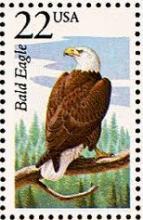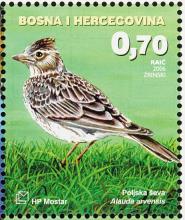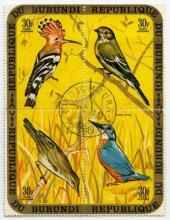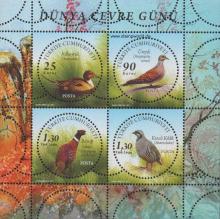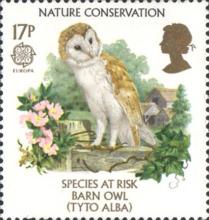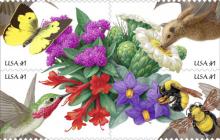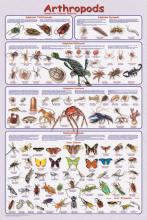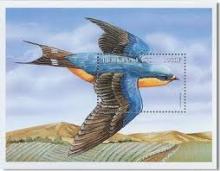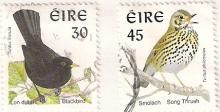
Scientists from the RSPB, Scottish Natural Heritage (SNH) and Natural Research have revealed the startling decline in bird populations in the State of UK Birds 2013 report. The mountain species dotterel (Charadrius morinellus), one of the rarest breeds in Britain – with two-thirds living in the Cairngorms – has declined by about 40 per cent in just over a decade. The results found that the estimated number of dotterels had fallen from 630 breeding males in 1999, to just 423 breeding males in 2011, continuing a longer-term decline since the first survey in 1987-88, which estimated the number of breeding males at 981. Other declines of population include the lapwing, a bird of farmland and wetland which has endured a 41 per cent population decline since 1995. The snipe, a wetland bird, has seen its breeding range shrunk by 31 per cent over the last 40 years. The population of grey partridge – another farmland bird – has declined by 53 per cent since 1995, while the corn bunting population has declined by 34 per cent since 1995. The turtle dove, which is not native in Scotland, has suffered a 51 per cent decline in the rest of the UK over the last 40 years. Mark Eaton, of RSPB, said: “Scotland’s Highlands provide an important home for dotterel and the species’ presence offers a good indicator of the health of our mountain landscapes. To see such a significant drop in their numbers over the past three decades is deeply concerning.

